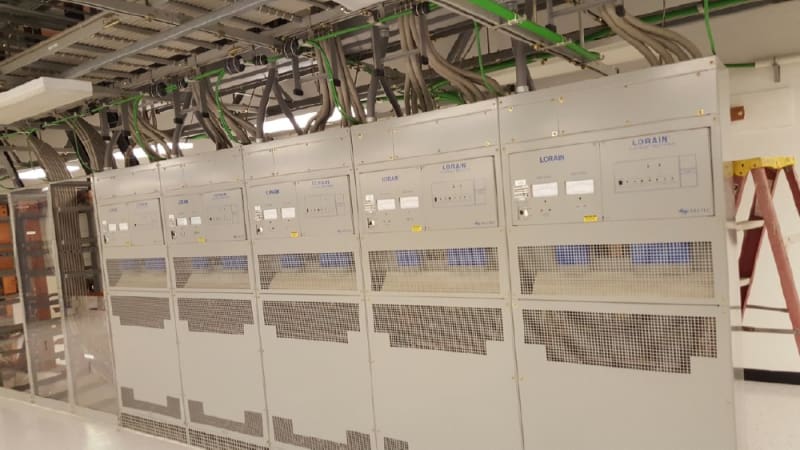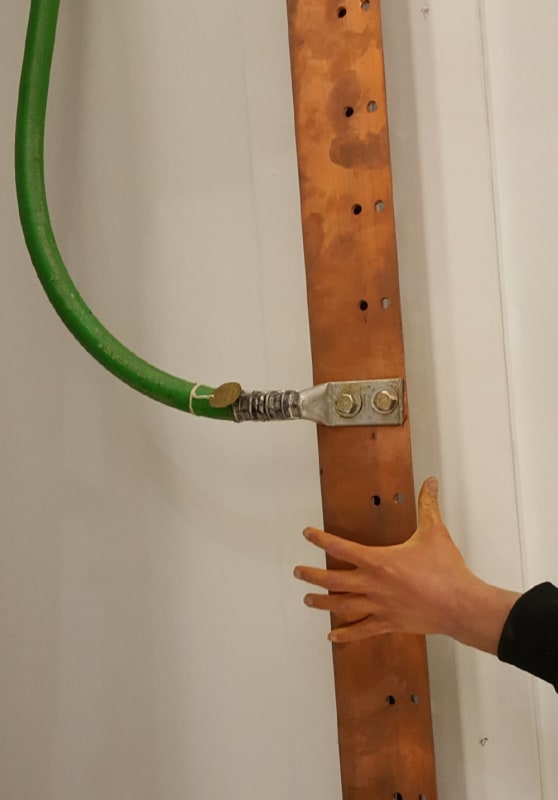Instrument1352
Electrical
Hi,
we are replacing an old 30KVAh UPS system for an offshore oil installation. We have been given options of:
- Lithium Iron Phosphate (LiFePO4) Batteries; as well as
- Valve Regulated Lead Acid Batteries - maintenance free (the same as existing ones)
I am aware of the advantages of the LiFePO4 (as published online or on paper) but would like to know first hand experiences using them or probably the reason one has decided not to use them!
My concerns about LiFePO4 batteries would be:
1- Any special charging requirements. Will a typical industrial UPS (e.g. Cutler Hammer, Gutor, APM, etc.)
2- Safety and reliability. I know they are much more reliable than Lithium Ion batteries but will they be more reliable than Lead Acid batteries? In particular a risk of fire cannot be tolerated in our application.
Appreciate if you could share your experiences and thoughts on this.
we are replacing an old 30KVAh UPS system for an offshore oil installation. We have been given options of:
- Lithium Iron Phosphate (LiFePO4) Batteries; as well as
- Valve Regulated Lead Acid Batteries - maintenance free (the same as existing ones)
I am aware of the advantages of the LiFePO4 (as published online or on paper) but would like to know first hand experiences using them or probably the reason one has decided not to use them!
My concerns about LiFePO4 batteries would be:
1- Any special charging requirements. Will a typical industrial UPS (e.g. Cutler Hammer, Gutor, APM, etc.)
2- Safety and reliability. I know they are much more reliable than Lithium Ion batteries but will they be more reliable than Lead Acid batteries? In particular a risk of fire cannot be tolerated in our application.
Appreciate if you could share your experiences and thoughts on this.




